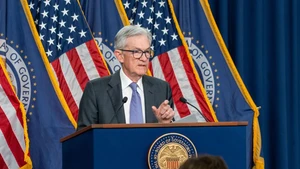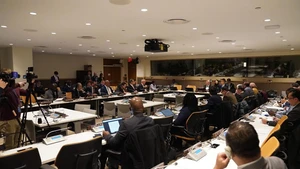Prime Minister Abe Shinzo is scheduled to hold a news conference at 6 p.m. (0900 GMT) where media said he is expected to announce the lifting of the state of emergency for 39 of Japan's 47 prefectures, but not including Tokyo.
The world's third-largest economy declared a nationwide state of emergency a month ago, urging citizens to reduce person-to-person contact by 80% in an effort to slow the pace of new infections and ease the strain on medical services. The government had said it would reassess the situation in mid-May.
The declaration gives governors added authority to tell people to stay home and close schools and businesses, but there is no penalty for non-compliance.
Some non-essential businesses even in hard-hit areas have already started to reopen ahead of the government's review, and the scope of restrictions has varied across the country.
Abe, like leaders everywhere, is striving to strike a balance between damage to the economy from prolonged shutdowns and the need to contain the virus.
The government is set to add four economists to its advisory panel for combating the epidemic, and another review will be conducted again in about a week.
The 39 prefectures account for 54% of Japan's population, while the greater Tokyo area that will remain under the state of emergency represents about a third of the economy.
Osaka, Japan's second-biggest metropolis, is also set to remain a target of the state of emergency, but the governor has announced criteria for gradually lifting some restraints on businesses including eateries and bars.
Japan has reported 16,100 confirmed cases of the coronavirus, excluding those from a cruise ship previously quarantined in Yokohama, and 696 deaths to date from the disease it causes, COVID-19, according to public broadcaster NHK.
















